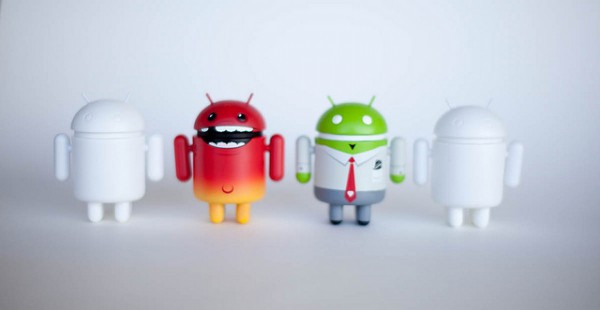
Smartphones with Android are continuously being produced in the manufacturing lines and sent to the consumer one after another. The open-source mobile OS has been more than just a simple blessing to any phone manufacturers, who had the expertise and experience in making mobile devices, but don’t really have an in-house OS with advanced functionality. Android is free and it surely appeals any manufacturer as they can take and slap the OS more easily on their devices. Additionally, contrary to Microsoft’s Windows Phone 7, Android doesn’t impose a stringent requirement checklist to follow.
This allows companies to roll out efficient smartphones that are relatively more affordable. Not to say that they are forced to compromise on certain important features to reduce the price, flagship Android smartphones tend to have better features for the price. And considering the laggy performance, fragmented availability of 3rd-party apps and lackluster interface on smartphones that were produced before Android, things unquestionably have gotten better.
Today, you shouldn’t be skeptical about touchscreen smartphones as you were, maybe, two or three years before. Android interfaces are highly intuitive, the response to touch is very accurate and you won’t miss an icon anymore. Many potentials buyers may feel reluctant in spending more than $500 for a phone. In short, these are common features that you’ll find phones sold below $450:
- HSDPA (3.5G) support. This is a good feature to have, since we’re witnessing many operators are starting to abandon 3G (UMTS) services. Common connectivity options like Bluetooth, Wi-Fi and data cable are also available. Lastly, they have GPS feature that is particularly useful in our daily life as you may not be able to memorize the name of all small streets even in your hometown.
- They have capacitive touchscreens that are very responsive to the touch.
- They have accelerometers for automatic screen orientation based on the way you hold the device.
- They have FM Radio and camera; common features that are of prime importance to many users.
LG Optimus P500
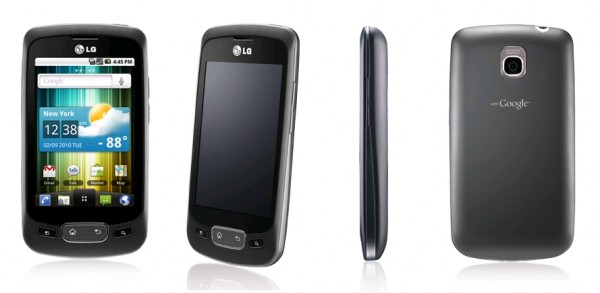
Let’s just face it, the Optimus GT540, LG’s first attempt in manufacturing Android handset, despite its somewhat good appearance, was unimpressive. It completely failed to impress many users mainly because of its poor resistive screen and the obsolete Android 1.6 OS. In a highly competitive smartphone market, these are two deadly hits resulting in a KO. And now LG definitely has tried to make amends. The Optimus P500 is a more improved device with a standard 320 x 480 pixel (HVGA) and uses a capacitive technology, which in today’s standard is a bare minimum for decent readability.
Another sensible upgrade is the use of Android 2.2 (Froyo) by default, the latest Android version when the device was announced. You may wonder, what are the highlights of Android 2.2? It allows you to share your internet connection with other devices by treating smartphone like a wireless router; Froyo has better performance, you can install 3rd-party apps on the memory card, and better compatibility with many latest Google apps (for example, Voice Actions).
LG offers DivX and XviD support out of the box and with its 600 MHz CPU, it should be easy to accomplish. However, if you have a favorite third party app that support DivX and XviD playback, you may easily install and use it. In general, a 600 MHz CPU is still a minimum for this task. Unfortunately, there is a new phenomenon in this phone segment; the built-in camera takes a backseat.
Although the P500’s meager 3.2 megapixel camera has autofocus, you don’t get a LED flash for taking even a decent night shot and you need to contend with grainy, dim images. Obviously, the 1500 mAh battery seems promising and even with heavy usages it will run for only one day. (Android phones are notorious for short battery life). Around the world, Optimus P500 is sold for about $295. Out of many Android phones, it may be the most promising model under the $300 bracket.
Sony Ericsson XPERIA X8
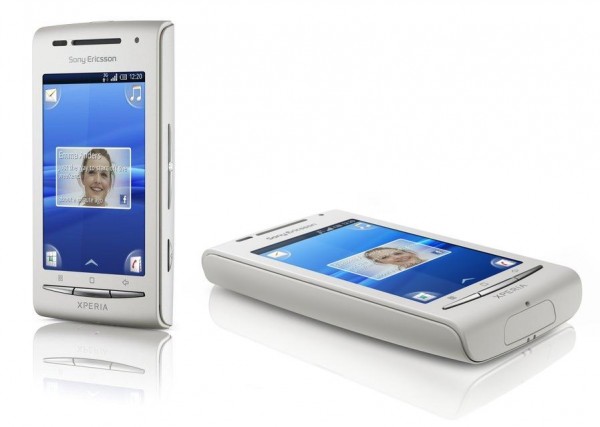
It offers a smaller display than LG Optimus P500, but with the same resolution. You may appreciate its scratch-proof nature and yet feel somewhat disappointed by its cramped QWERTY keyboard. Another annoying aspect is it still runs Android 1.6. And although the rest of XPERIA X10 family is getting the Android 2.1 update, owner of XPERIA X8 won’t get the same upgrade. Unfortunately, its 3.2 megapixel camera doesn’t have autofocus. With all these shortcomings, you may seriously consider whether you should spend $310 for it.
Samsung Galaxy 3 i5801
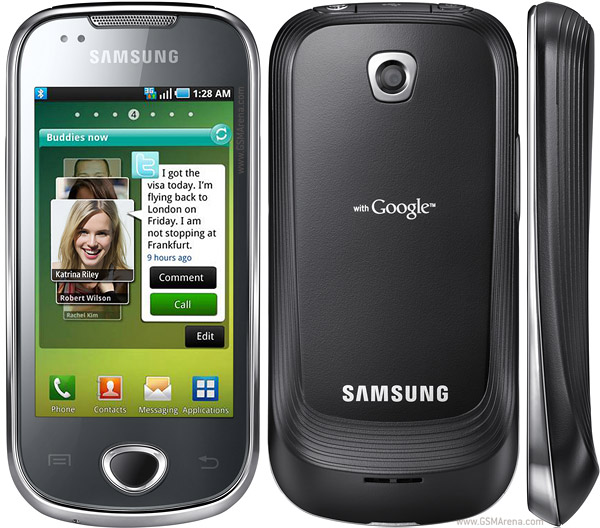
It has a slightly faster 667 MHz processor, DivX and XviD support and advanced connectivity features like Bluetooth 3.0 and Wi-fi 802.11n, certainly, you can have a few things to crib about. The display has a common 3.2″ size like what is found in many other devices; it is longer but slightly narrower than most Android phones. You may find that using on-screen QWERTY keyboard in portrait orientation feel a bit cramped.
It has lower resolution compared to many Android phones (240 x 400 pixels, instead of 480 x 320 pixels), thus making interface and content to appear less crisp than you’d expect. Also, it is likely that the uncommon resolution may not fully support some apps in the Android Market. Finally, the finish of this device feels a bit plasticky and cheap.
Thankfully, the 3.2 megapixel camera supports autofocus and the Korean company has announced a scheduled upgrade to version 2.2. It is available for about $270 around the world. For about $15 to $30 more, you may get a device with a proper screen resolution. Most phone buyers should skip this model.
HTC Wildfire
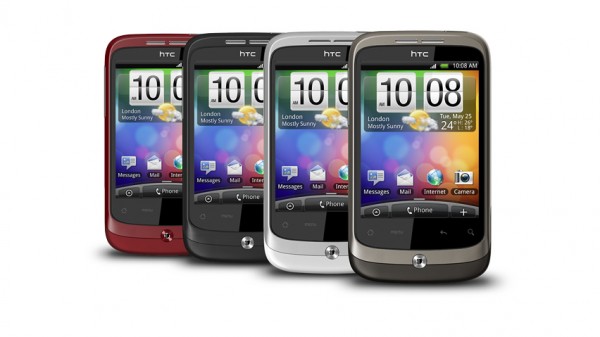
It looked like a decent model in spring 2010 when there weren’t too many Android phones under $450. The slim and pocket-size device has one of the greatest on-screen keyboards you may ever seen – and it has excellent social media integration.
Unfortunately, its QVGA (320 x 240 pixels) screen resolution is relatively low compared to the standard 3.2″ display in this phone segment. The 528 MHz processor may feel slightly underpowered when performing multitasking between third party apps; you may find annoying hiccups in some cases. It has a 5 megapixels sensor, but the inadequate screen pixel density makes your snaphots look average. At $330, it’s your decision whether the phone is really worth it.
Garmin-Asus A10
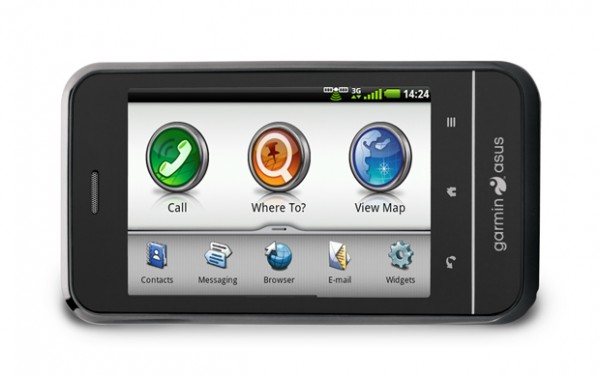
Many users think that it is a fairly functional mid-range Android device overall. Its 3.2 inch HVGA screen can easily supports useful UI enhancements of Android 2.1 and it has a sturdy build too. Among its strength is the built-in Garmin navigation suite, which can give you simple turn-by-turn navigation feature and there are some innovative pre-installed applications like Flight Status. Its 5 megapixel camera takes decent day snaps, but the absence of an LED flash, results in grainy and poor night shots. At $425, it is quite expensive but could be acceptable when you consider it can perform like a dedicated Garmin GPS receiver. You should ask yourself whether the price tag is really worth the advanced navigation services as Google Maps can give you basic form of navigation assistance for free.
XT502 or Motorola Quench XT3
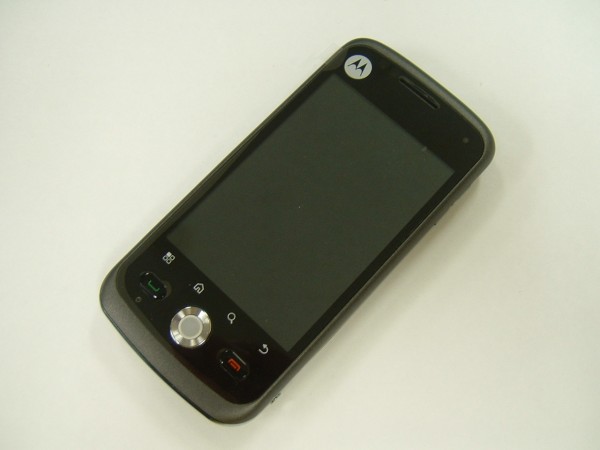
At first glance, this device may not have too many strength. But at least it has an extra-durable screen coating that protects the 3.2″ HVGA screen despite intense usages. It has DivX support and a 3.2 megapixel sensor, which unfortunately only has fixed focus, but it is redeemed by the availability of LED flash. Overall, being a Motorola product, you can expect a good build quality and superb call clarity.
At $280, it could be a better buy compared to the XPERIA X8.
ZTE Blade or Dell XCD35

This phone was released on September 2010 and may definitely catch your attention. The greatest advantage is a slightly bigger 3.5 inch display with 800 x 480 pixels (WVGA) resolution. As if that isn’t enough, this capacitive touchscreen is AMOLED by default, which could give you rich colors and deep contrast. The rest of the specifications are on-par with standard Android phones: 600 MHz CPU, a 3.2 megapixel camera and Android 2.1. Dell sells this phone at $370, which isn’t too bad. Without doubt, those who want to have plenty of reading and web surfing, the crisper and bigger screen is definitely useful.
Conclusion
And there you go; seven Android smartphones under the $450 mark that could have a lot to offer to consumers. Of the lot, the devices you really should examine closer are LG’s P500, Motorola’s XT3 and Dell’s XCD35.





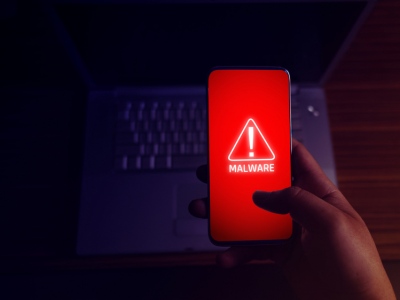




Comments